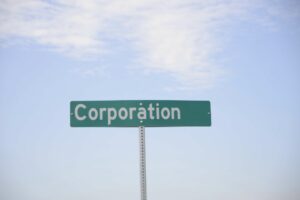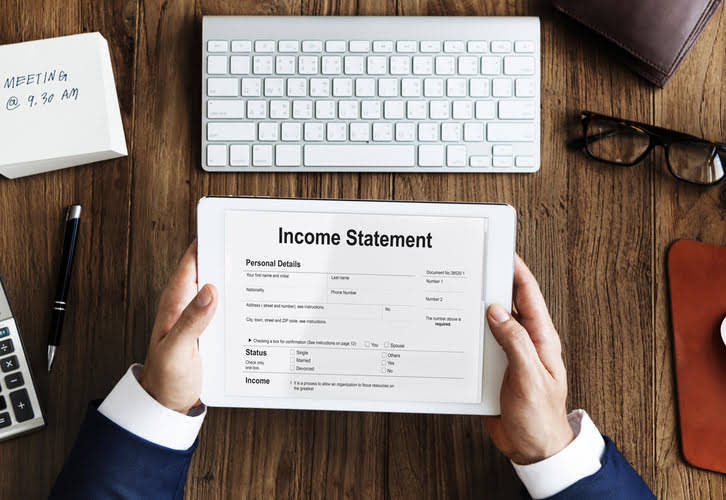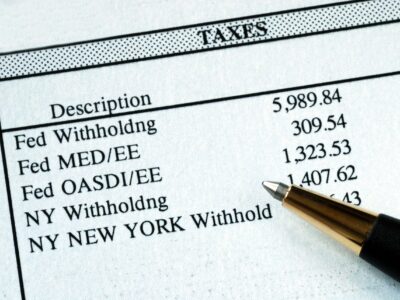
It is the responsibility of the Accounting Department to address these challenges. Manufacturing accounting is a group of inventory and production management processes used for monitoring and controlling the costs involved with manufacturing products. Accurate manufacturing accounting ensures businesses can confidently sail through financial uncertainties, thanks to comprehensive accounting data. It provides a detailed insight into the indirect costs and total cost of manufacturing, helping companies to evaluate their profitability. This accuracy in determining the cost of producing a product is vital for strategic decision-making and maintaining healthy inventory management practices, aligning with generally accepted accounting principles. Advanced manufacturing accounting software is a must-have for modern manufacturers and the manufacturing accounting teams responsible for tracking business financials.
Best Accounting Software for Small Manufacturing Businesses
They follow certain best practices, such as cost accounting methods focusing on manufacturing costs. This includes tracking direct costs like materials and labor and tricky indirect costs like electricity or rent, showcasing how manufacturing accounting includes accounting data on all operational expenses. It’s all about making sure the total manufacturing cost stays as low as possible without cutting corners, in accordance with best accounting practices.
How to Measure & Improve Manufacturing Efficiency
Professional accounting services can completely transform the manufacturing process and save you money on production costs while increasing profit. Further, for smaller manufacturers that aren’t equipped to have full-time accounting staff in-house, partnering with the right accounting service will make a world of difference. You need accurate financials to correctly forecast cash flow and ensure you’re paying the right amount of taxes. And the efficiency with which you perform accounting for manufacturing directly impacts your bottom line. This can result in drastically different figures for your business financials, which is why it’s important to use the right approach based on your specific business requirements. Accounting for manufacturing overhead costs requires more effort, and can be more challenging compared to other costing efforts because of the difficulty in assigning them to specific products or outcomes.
Overview of Manufacturing Costs and Costing Methods

All the while, the manufacturer must account for the cost of the wood, machinery, labor, electricity, and other overhead, and has yet to be paid for by a customer. An automated inventory management system facilitates accurate inventory accounting and can greatly reduce the time and cost required to manage physical stock. It’s the practice of keeping your manufacturing accounting company data clean and accurate by ensuring its integrity through careful monitoring and best-practice manufacturing accounting. The costs that contribute to your total manufacturing cost are known as direct costs. By integrating your accounting software with Katana’s cloud manufacturing platform, you’ll get all these essential features and more.

The cost of wood, production labor, and packaging are all variable costs for toothpick production example. Manufacturers take a unique approach to accounting because they don’t just ship, sell, and service goods – they create goods. Manufacturing accounting software helps you track your financials in real time using cloud-based technology and multi-platform integrations. Features found in accounting software such as inventory management can help you optimise the way you use inventory, such as providing alerts when your stock needs replenishing. Learn about the basic of accounting for your manufacturing business and how the right software can help you manage your processes.
- Information provided in this article is of a general nature and does not consider your personal situation.
- Fixed labour costs could include contractors, technicians, and maintenance staff with set jobs to do with set fees.
- These features are meant to help businesses automate tasks, improve insights, lower operational costs, increase efficiency, reduce risk, and improve workflows, among a myriad of other benefits.
- ERP systems include business process controls that are meant to optimize and automate routine tasks and processes to improve operational efficiency, data accuracy, risk management, and compliance within an organization.
When you’re a Pro, you’re able to pick up tax filing, consultation, and bookkeeping jobs on our platform while maintaining your flexibility. Get $30 off your tax filing job today and access an affordable, licensed Tax Professional. With a more secure, easy-to-use platform and an average Pro experience of 12 years, there’s no beating Taxfyle. Knowing https://www.bookstime.com/ the right forms and documents to claim each credit and deduction is daunting. Taxes are incredibly complex, so we may not have been able to answer your question in the article. Get $30 off a tax consultation with a licensed CPA or EA, and we’ll be sure to provide you with a robust, bespoke answer to whatever tax problems you may have.

ABC systems involve sorting your business’s indirect costs into groups, calculating a per-unit rate based on their primary cost drivers, then using that rate to allocate costs to products or activities. The primary type of accounting used in manufacturing is known as cost accounting. It’s a form of accounting that tracks production costs in a way that managers can use to inform business decisions. However, manufacturing accounting software can automate a significant portion of this responsibility.
The trading account is used to determine the gross profit on finished goods and is used by both trading and manufacturing businesses. In addition the manufacturing account format used in this example shows the cost of the raw materials consumed and the prime cost of manufacturing the products for the accounting period. Katana Manufacturing ERP offers a wide range of features in inventory management, manufacturing processes, and inventory costing. Although it is not a full ERP system, it can integrate with QuickBooks Online and Xero for accounting and other third-party software for automation, CRM, ecommerce, and reporting.
- Again the account shows the total manufacturing cost of goods completed during the accounting period of 105,000.
- Invoiced is great for businesses that need to keep on top of their accounts receivable and invoicing.
- Taxes are incredibly complex, so we may not have been able to answer your question in the article.
- Direct labor costs typically include wages paid for regular hours, overtime and payroll tax information.
- Unlike spreadsheets, accounting software can help you minimize errors from data entry or incorrect formulas.
How to Prepare Manufacturing Account
FreshBooks is another cloud-based option that allows you to track expenses, send invoices, and manage customer relationships. It integrates easily with third-party software solutions to help with project management. As your manufacturing business grows and expands, you may want more functionality from your accounting software to help manage your growth. Direct labor is the value given to the workers who manufacture your products. Direct labor costs typically include wages paid for regular hours, overtime and payroll tax information. Fixed costs in manufacturing are not related to production volumes and must be paid whether or not production is active.


